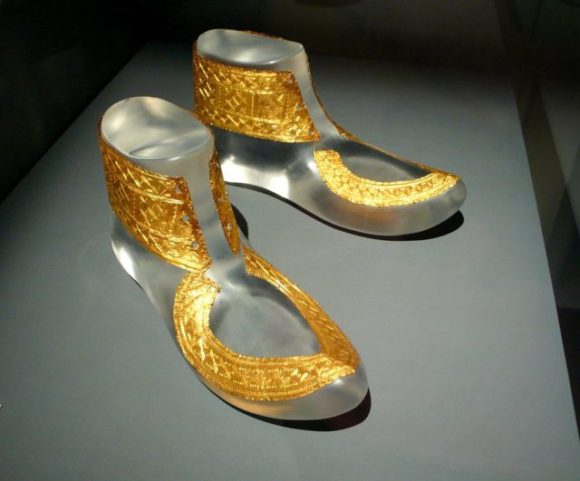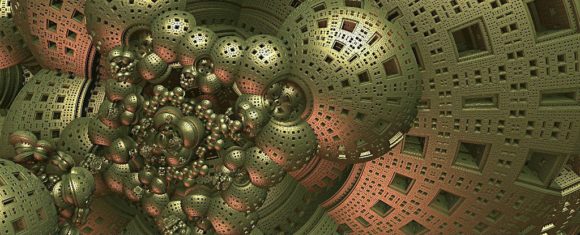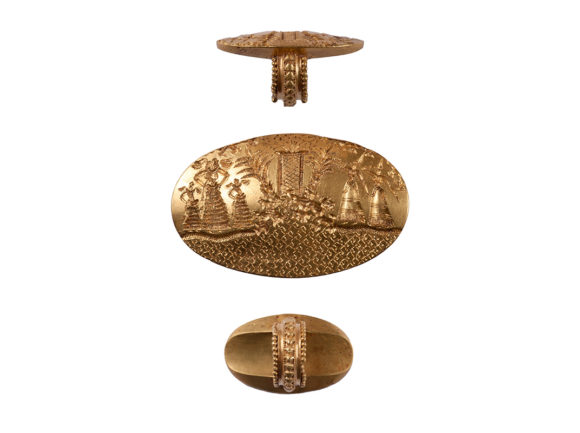Behold: A richly furnished Celtic burial chamber
They had me at “shoe ornaments” —
From The Vintage News,
The Hochdorf Chieftain’s Grave – intact and richly furnished grave of an Early Celtic chieftain
“Discovered in 1968 by an amateur archaeologist near Hochdorf an der Enz, Baden-Württemberg, Germany, and excavated in 1978/79, the Hochdorf Chieftain’s Grave is a richly furnished Celtic burial chamber dating from 530 BC.
It is one of about 100 such graves dating from the second half of the sixth century BC found in France, Switzerland, and Germany.
The man in the grave,who was laid out on a lavishly decorated 9 ft (275 cm) bronze couch on wheels, was about 40 years old and unusually tall for the Iron Ages, being just over 6ft tall. Judging by other objects found there, this man had probably been a Celtic chieftain.
He had been buried with a gold-plated torc on his neck, amber jewelry, a gold-plated dagger made of bronze and iron, a bracelet on his right arm, a nail clipper, a comb, fishing hooks, a flat cone-shaped hat made of birch bark adorned with circle patterns and punched decorations, arrows, a razor knife, and most notably, thin embossed gold plaques were on his now-disintegrated shoes….”
For the rest (many lovely photos), click here.
Share



